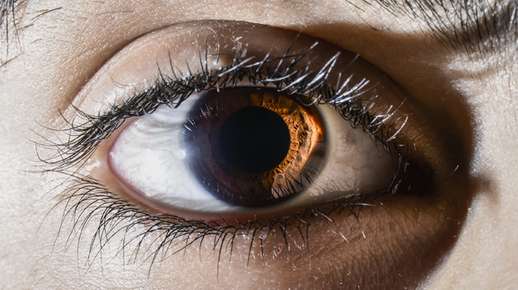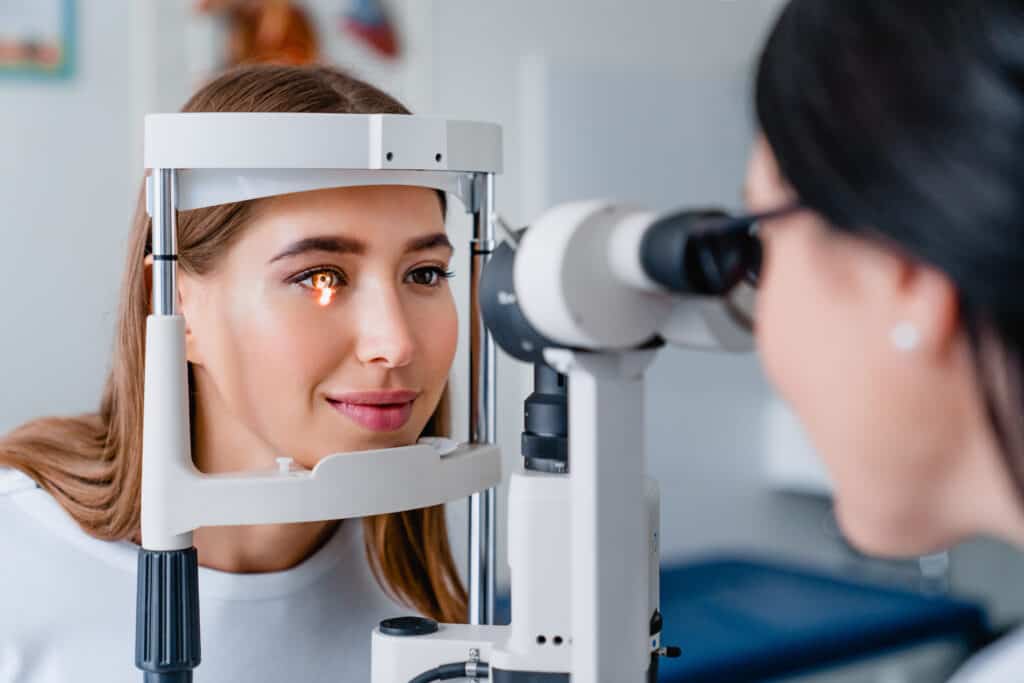Dry Eye Treatment Plan
Which dry eye treatment is right for me?
Your doctor has evaluated the cause of your symptoms and prescribed either a single treatment or a combination of treatments to help your eyes produce more stable, healthier tears. This may be to treat current symptoms or prevent the meibomian glands in your eyelid from dying off if they are clogged. Below is an explanation of the treatment(s) that will work together to help your eyes.
1 treatment / every 6-12 months
Daily cleaning is important to keep your body from building up inflammatory debris on the surface of the eyelids. This is not viewable to an eye without the help of a microscope. Blephex is a simple and painless procedure that removes the film that builds up and clogs the oil producing tear glands on your eyelids. A soft rotating tool (think cotton tip that spins) is used to perform the removal of the biofilm layer around the eyelashes of both upper and lower eyelids. Similar to going to the dental hygienist for a deep cleaning, this is part of your eyelid hygiene along with at-home cleaning to maintain. Each BlephEx treatment is $150.
1 treatment / every 6-12 months
The ILux treatment is an effective way to warm and gently express the oil glands of the eyelids. This expression allows the glands to get back to a functional state allowing good quality oil to flow to the surface of the eye and stabilize the tear film. The ILux treatment time is about 8-12 minutes and is recommended every 6-12 months to ensure proper gland function. Each treatment is $500.
3 treatments / every 10-12 months
LLLT is a safe and non-invasive light therapy mask that uses specific LED lights to gently warm the eyelids and reduce inflammation around the eyes. Each treatment is 15 minutes and is safe for adults and children. Depending on the stage of dry eye disease, a sequence of 2-4 treatments, each 1 week apart, will be recommended every 6-12 months. Each treatment is $200-250 depending on the wavelength of light needed for your type of dryness factors.
⧠
4 treatments / every 12-36 months
IPL or Intense Pulsed light is a treatment well known in the dry eye and facial aesthetic world. By removing inflammation, the meibomian oil glands that stabilize your tear film keep the eyes from being as dry. This treatment works by targeting problematic blood vessels and other unwanted eye and facial symptoms such as crusting around the eyelids in the morning, redness of the eyelids and face, freckles, sunspots, and spider veins. The IPL is split into four separate treatments, and each treatment is $450.
We offer a discount on all combination treatment plans, and we are happy to go over our package pricing with you!
Dry Eye Syndrome
Understanding The Symptoms
What is dry eye?
Dry eye is a combination of various factors which affect the quality of the tear film on the surface of the eye. The tear film is a mixture of water, oil, and mucus. It is responsible for providing oxygen and nutrients to the cornea. This creates a barrier from infection, preventing dryness and creating a smooth surface for clearer vision.
If the quality of the tear film is not sufficient, you may experience symptoms which include:
- Burning or stinging
- Blurry or fluctuating vision
- Dryness with contact lens wear
- Light sensitivity
- Redness
- Grittiness or scratchiness
- Excessive tearing/watering
- Foreign body sensation


How is dry eye diagnosed?
During the health examination of your eyes, your doctor will evaluate the surface of the eye and the glands that produce the oil layer of the tear film. If the quality of oil is too thick or the glands are completely clogged, the tear film will evaporate too fast from the eye. If this happens too regularly, the surface of the eye can start to show signs of dry eye disease from the insufficiencies of the tear film. When the oil glands of the eyelids do not produce a clear oil, this is considered meibomian gland dysfunction (MGD).
MGD is a contributing factor of dry eye symptoms in 86% of patients. MGD is a chronic and progressive disease. If these glands are left untreated, they can start to shorten and disappear over time, leading to more severe and less treatable stages of dry eye disease.
Other factors that can increase inflammation on the eye include:
- Insufficient blinking when on screens
- Contact lens wear
- Medication side effects
- Aging and hormonal changes
- Living or working in dry, dusty environments
- Underlying health conditions
What can be done to treat dry eye?
In order to address the cause of dryness, you must look beyond the use of artificial tears for treatment. Drops are simply a temporary solution for symptoms and do not address the root cause for the disease. Prescription dry eye drops like Restasis or Xiidra can be used for underlying inflammation not caused by tear film insufficiencies.
Just as dry eye is a multifactorial disease, every patient will not have the same treatment plan depending on the severity and contributing factors of the dry eye disease. There are new and innovative technologies that allow our team to treat our patients more effectively than ever before, which include:
